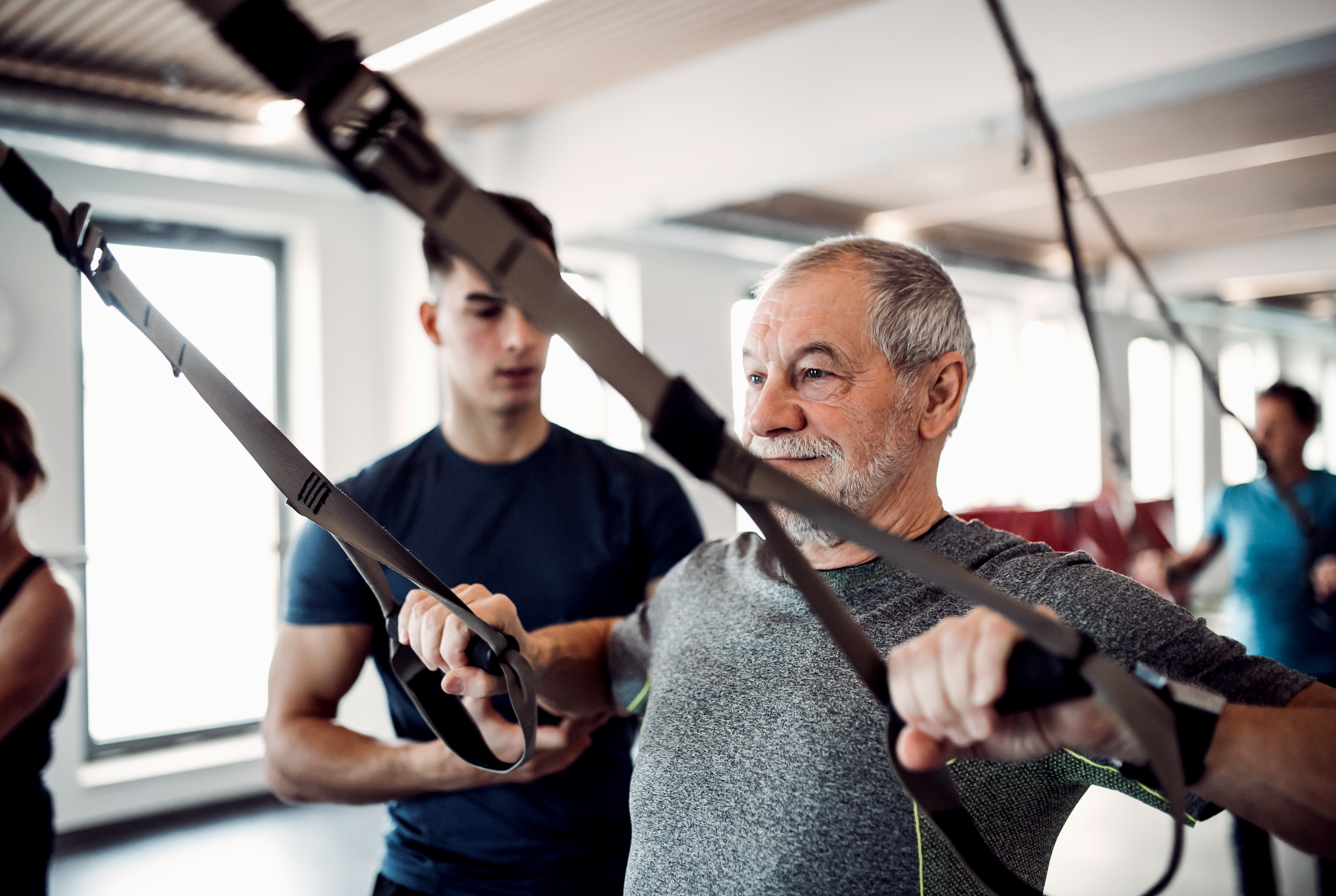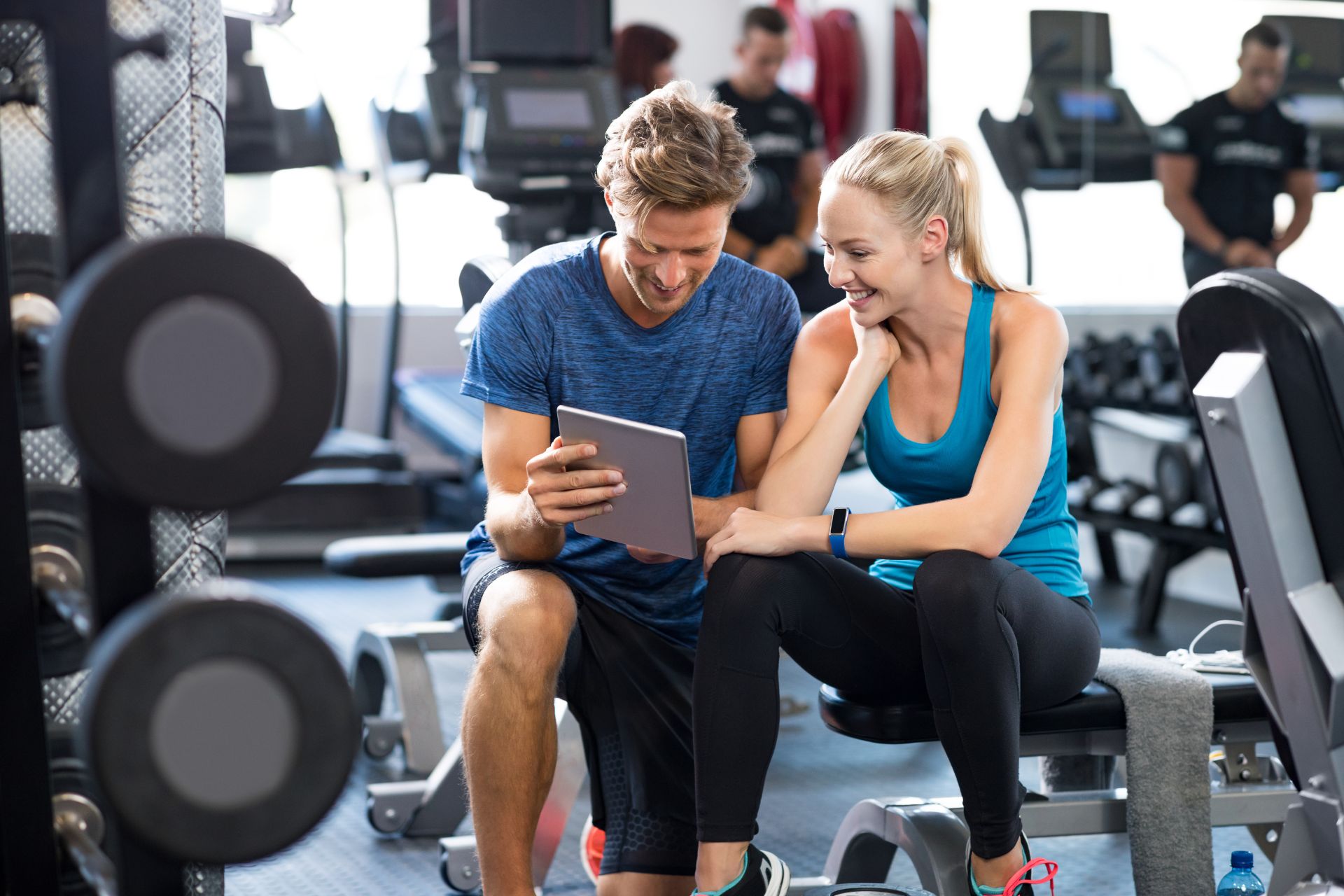Frequently Asked Questions
To effectively target the iliotibial band (IT band) using foam rolling techniques, one must focus on specific movements that alleviate tension and enhance flexibility in the lateral thigh region. Starting with the individual lying on their side, the foam roller should be positioned beneath the hip, allowing for gradual rolling down towards the knee, which engages the tensor fasciae latae and the vastus lateralis. It is crucial to maintain a slow and controlled motion, pausing on any tender spots to facilitate myofascial release and trigger point therapy. Incorporating variations such as cross-leg positioning can further intensify the stretch and pressure on the IT band, promoting improved blood flow and reducing the risk of overuse injuries. Additionally, integrating deep breathing techniques during the rolling process can enhance relaxation and increase the effectiveness of the self-myofascial release, ultimately leading to better mobility and reduced discomfort in the hip and knee areas.
Integrating foam rolling into a warm-up routine for athletes can significantly enhance muscle elasticity, improve blood circulation, and facilitate neuromuscular activation, ultimately preparing the body for optimal performance. By incorporating self-myofascial release techniques, athletes can target specific muscle groups, such as the quadriceps, hamstrings, and glutes, to alleviate tension and reduce the risk of injury. This pre-activity regimen not only aids in the breakdown of fascial adhesions but also promotes joint mobility and flexibility, which are crucial for dynamic movements. Additionally, foam rolling can serve as a mental preparation tool, allowing athletes to focus and enhance their mind-body connection before engaging in high-intensity training or competition. By strategically utilizing foam rollers in conjunction with dynamic stretches and sport-specific drills, athletes can create a comprehensive warm-up that optimizes their physical readiness and performance outcomes.
During a personal training session, foam rolling durations can vary based on the specific muscle groups being targeted, with recommendations typically ranging from 30 seconds to 2 minutes per area. For larger muscle groups such as the quadriceps, hamstrings, and glutes, a duration of 1 to 2 minutes is often suggested to effectively release myofascial tension and enhance blood flow, promoting recovery and flexibility. In contrast, smaller muscle groups like the calves, shoulders, and upper back may benefit from a shorter duration of around 30 to 60 seconds, allowing for adequate pressure application without overstimulation. Additionally, focusing on trigger points or knots within these muscle groups can warrant an extended duration of up to 90 seconds, as this can facilitate deeper tissue release and alleviate soreness. Overall, the key is to maintain a balance between sufficient time spent on each muscle group while ensuring that the foam rolling technique remains effective and comfortable, ultimately contributing to improved mobility and performance in subsequent training activities.
Foam rolling and static stretching serve distinct roles in muscle recovery post-workout, each influencing the recovery process through different physiological mechanisms. Foam rolling, a form of self-myofascial release, enhances blood circulation and promotes lymphatic drainage, which can alleviate muscle soreness and stiffness by breaking down adhesions and improving tissue elasticity. This technique activates the Golgi tendon organs, leading to a reflexive relaxation of the muscle fibers, thereby facilitating greater range of motion and reducing the risk of injury. In contrast, static stretching primarily focuses on elongating the muscle fibers and connective tissues, which can enhance flexibility and joint mobility. While both methods contribute to recovery, foam rolling is often considered more effective for immediate relief of muscle tightness and soreness due to its ability to target specific trigger points and fascia, whereas static stretching may be more beneficial for long-term flexibility gains. Ultimately, incorporating both foam rolling and static stretching into a post-workout routine can optimize muscle recovery, enhance performance, and promote overall athletic longevity.
Foam rolling, while beneficial for muscle recovery and myofascial release, presents several contraindications for clients with specific injuries or conditions. Individuals with acute injuries, such as sprains or strains, should avoid foam rolling as it may exacerbate inflammation and impede the healing process. Those with chronic conditions like fibromyalgia or rheumatoid arthritis may experience increased pain and discomfort due to the pressure applied during foam rolling. Additionally, clients with osteoporosis or osteopenia are at risk of fractures from the compressive forces of foam rolling, particularly in vulnerable areas such as the spine and hips. Furthermore, individuals with recent surgeries, especially orthopedic procedures, should refrain from foam rolling until cleared by a healthcare professional to prevent complications. Lastly, clients with circulatory issues, such as deep vein thrombosis or varicose veins, should avoid foam rolling to prevent potential exacerbation of their condition. Overall, it is crucial for practitioners to assess each client's medical history and current physical condition before recommending foam rolling as part of their recovery or fitness regimen.

